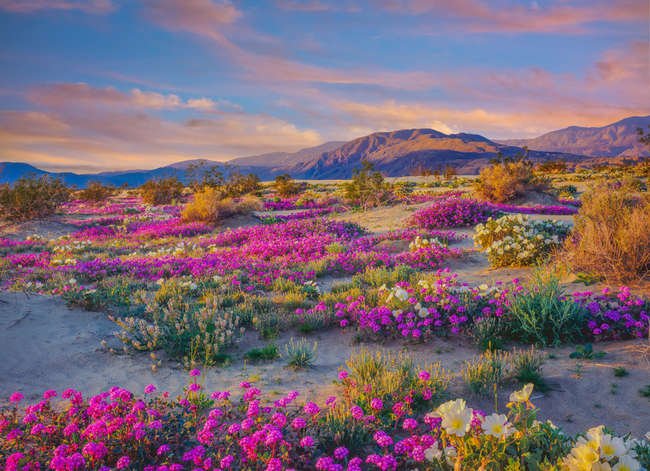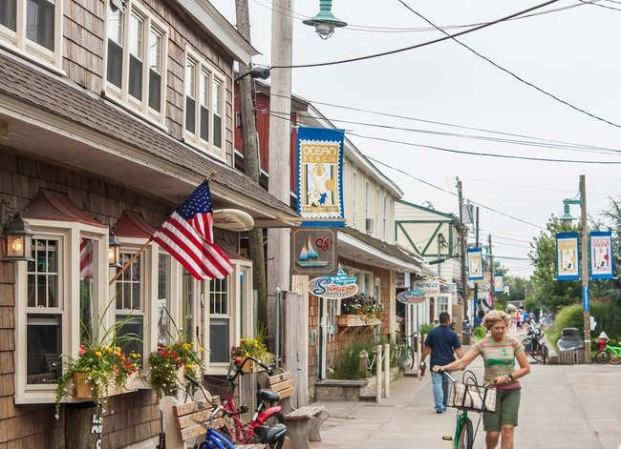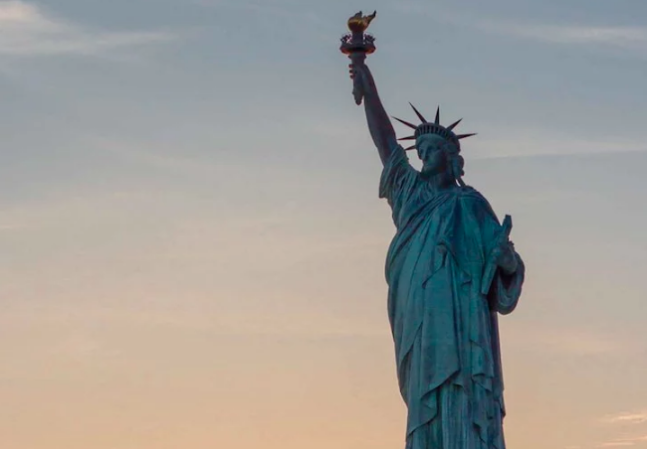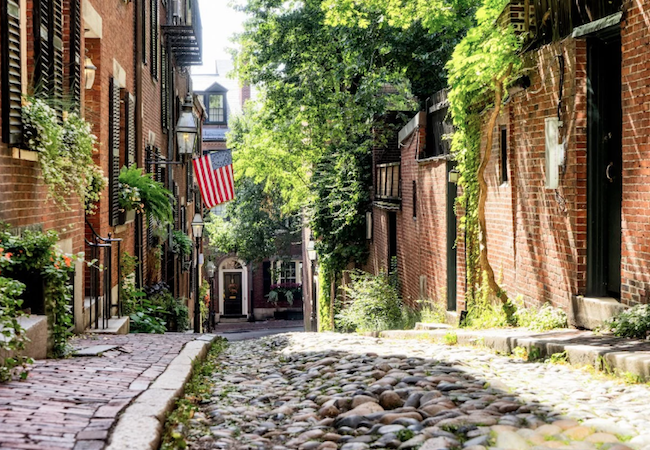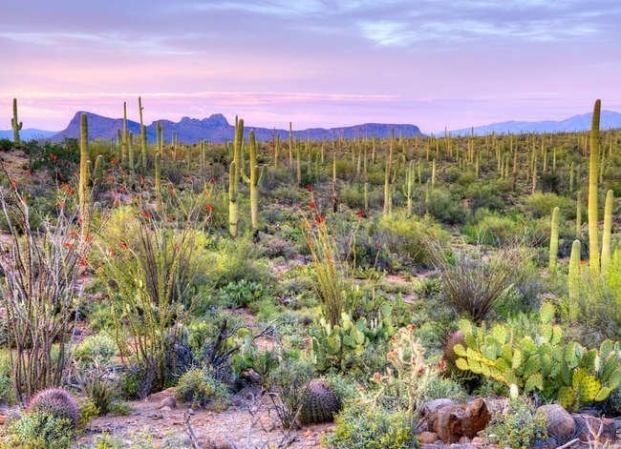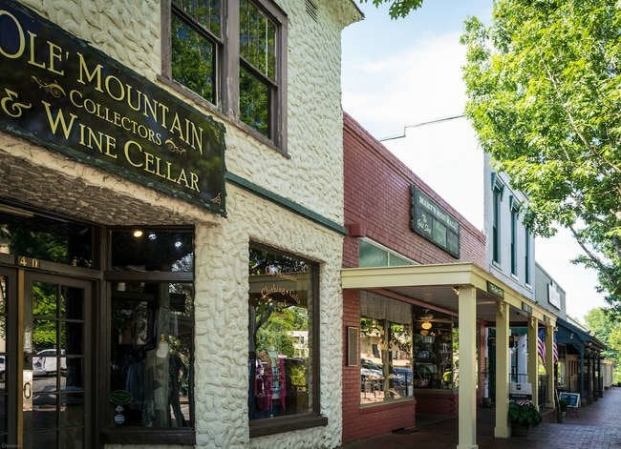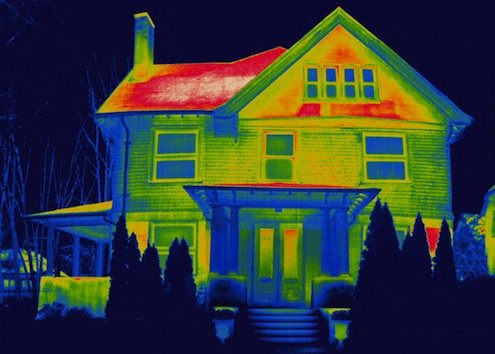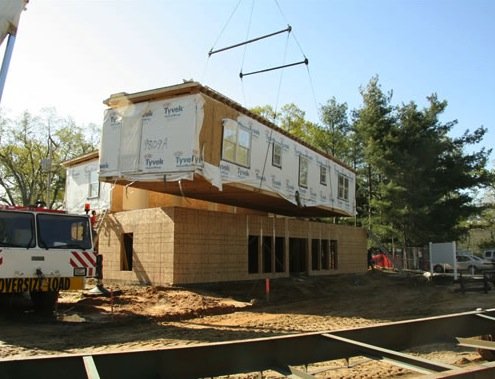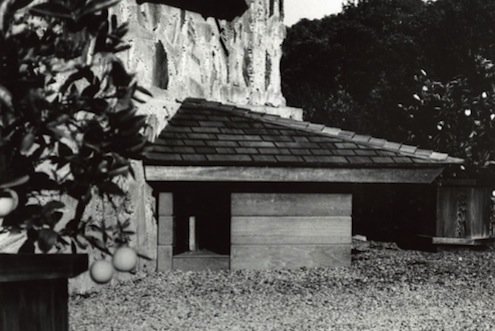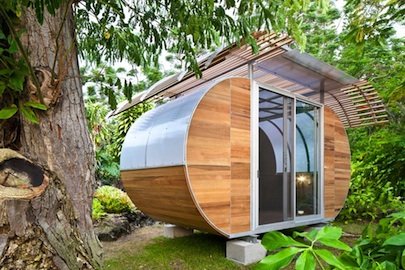We may earn revenue from the products available on this page and participate in affiliate programs. Learn More ›
Okefenokee Swamp, Georgia-Florida
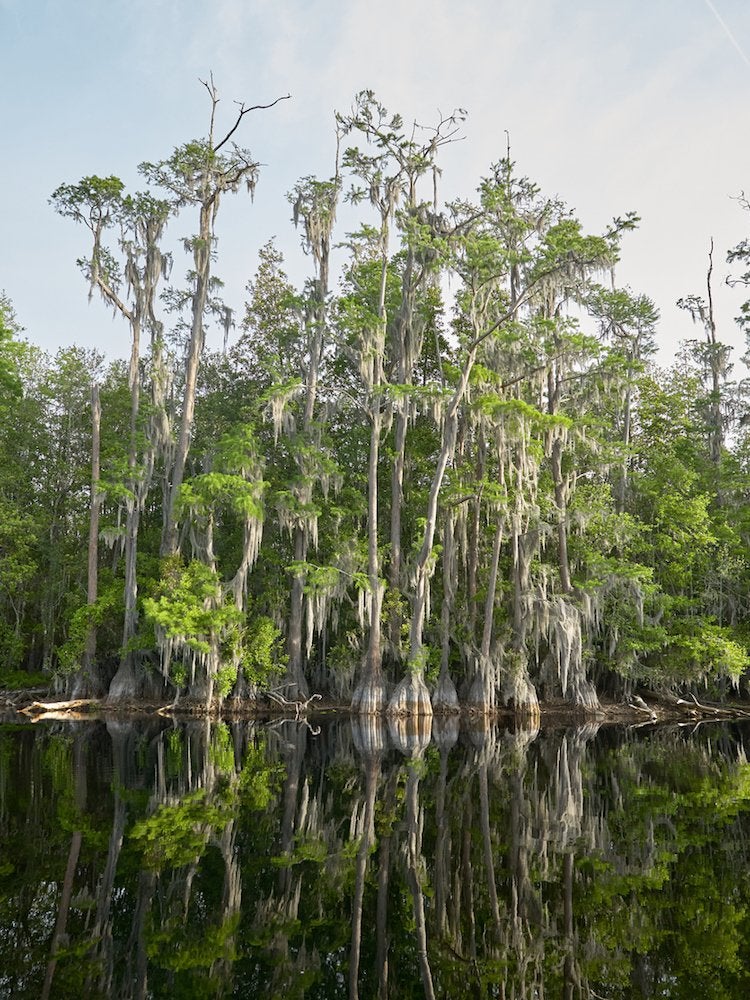
Man is one member of the animal kingdom in short supply at this 438,000-acre wetland. Stretching from north of Jacksonville, Florida all the way to Waycross, Georgia, this protected land constitutes that largest blackwater swamp on the continent, and is full of diverse flora and fauna, including alligators, black bears, and otters.
Gannett Peak, Wyoming
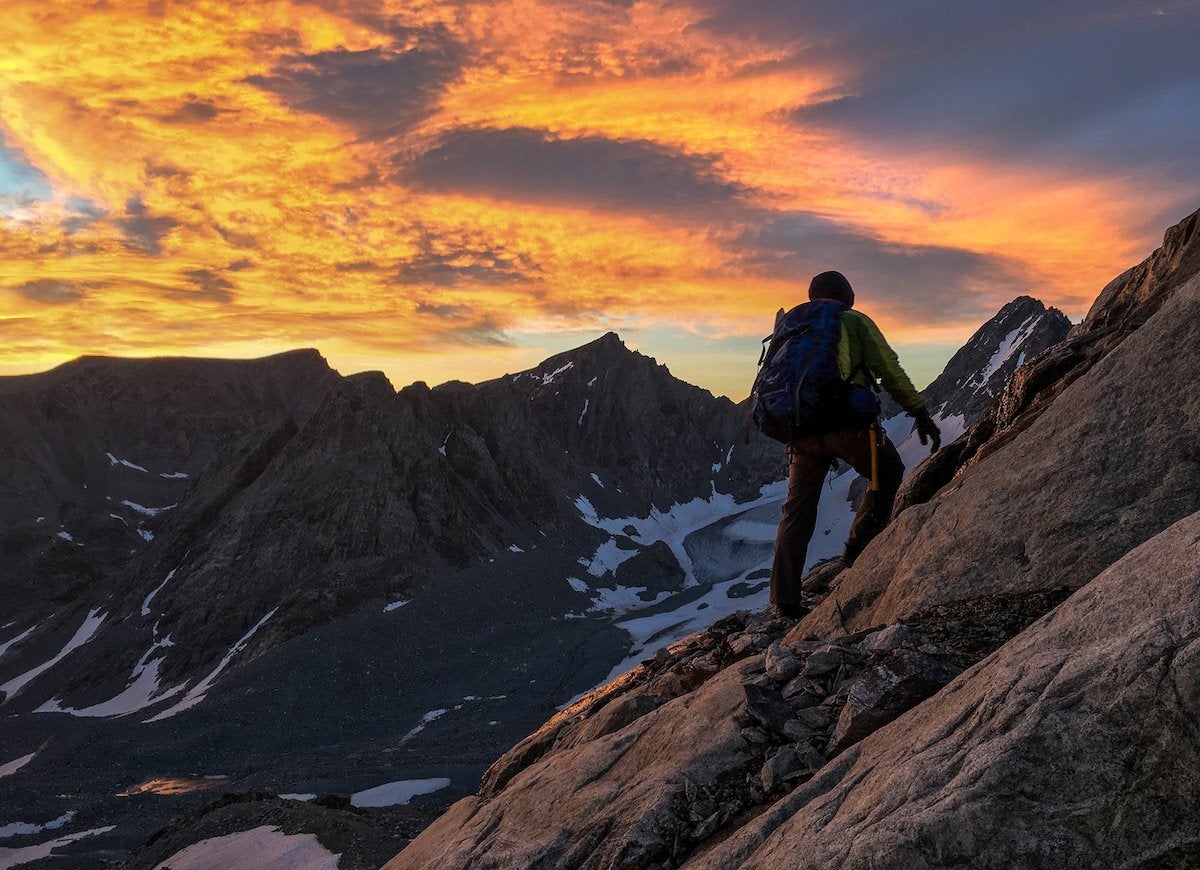
flickr.com via No Barriers USA/Didrik Johnck
Gannett Peak is not only the highest peak in Wyoming but also the highest point of the Central Rockies. Avid mountaineers who traverse the peak over the course of a four- to six-day round trip will be rewarded with views of a pristine snow-covered landscape from a height of 13,810 feet above the sea level.
Mount Waialeale, Kauaʻi, Hawaii
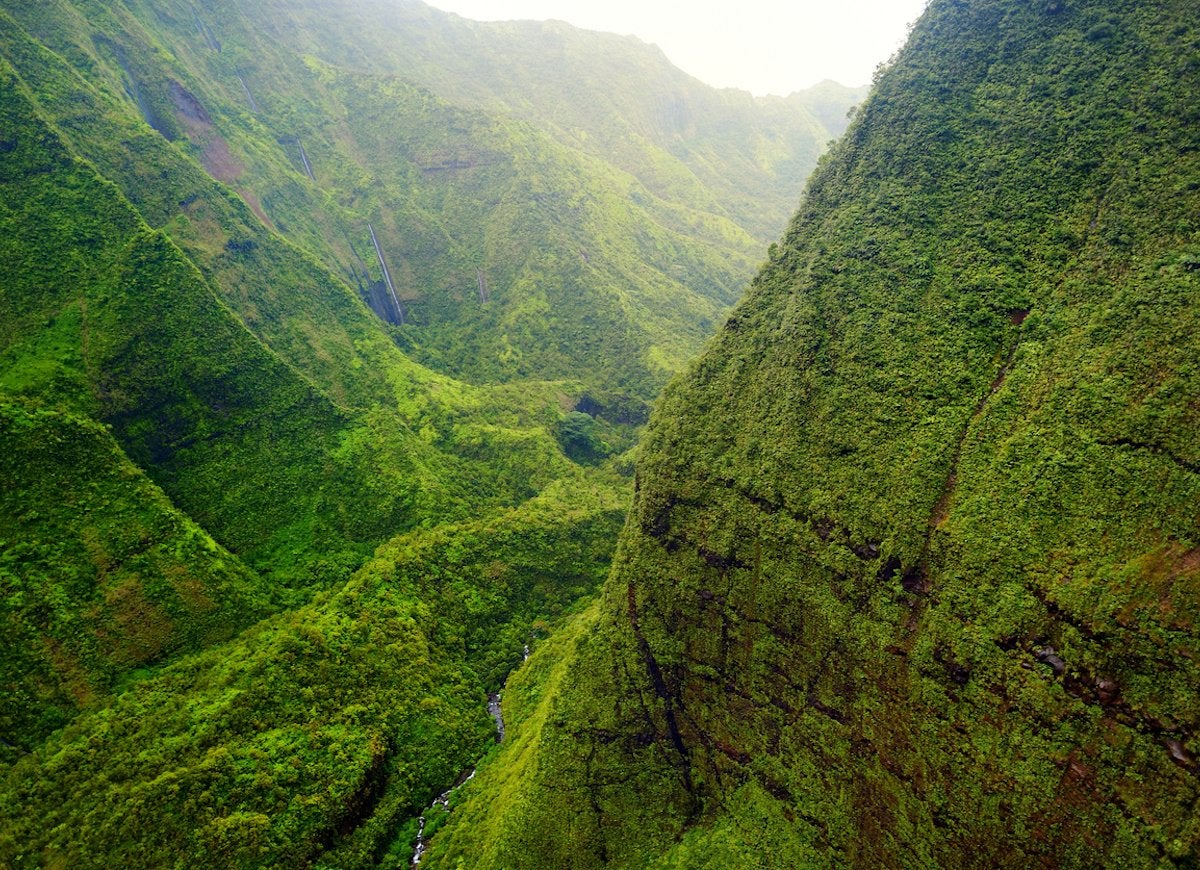
Hikers who prefer their treks wet and wild can get their fix in Mount Waialeale on Kauaʻi, where tourists are scant and rainfall is abundant. The base of the mountain is a natural wonder unto itself, boasting an array of cascading waterfalls known collectively as the “Weeping Wall.”
Cook Inlet, Lake Clark National Park, Alaska
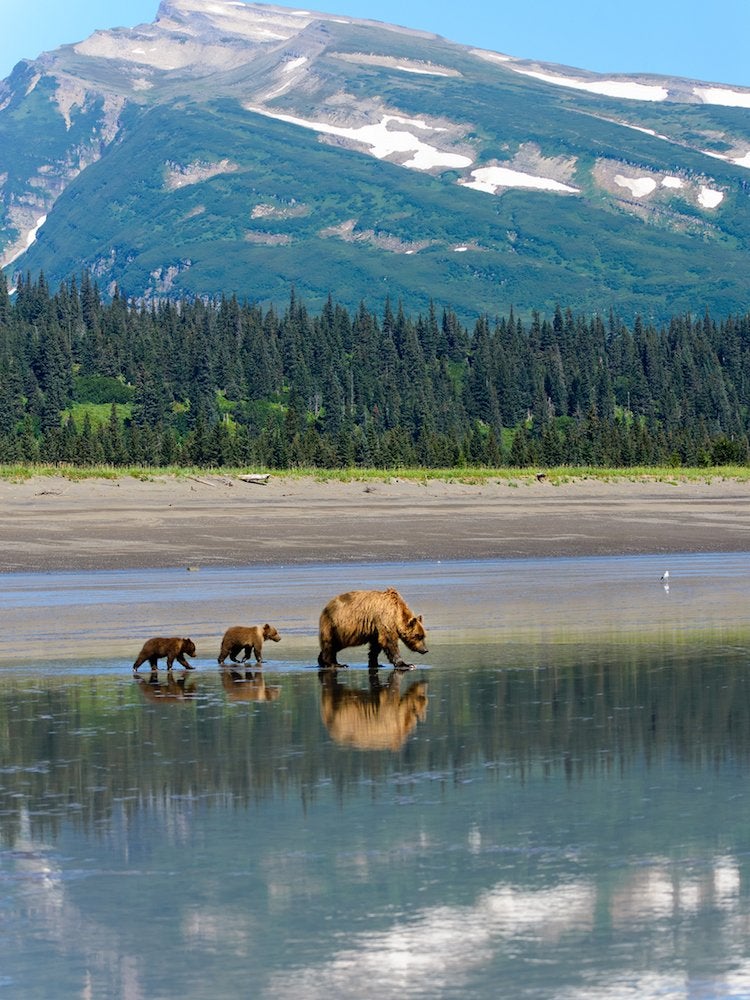
Bear in mind the locals when you voyage to this glacier-lined, 180-mile watershed located in the 6,297-square-mile Lake Clark National Park. Cook Inlet is home to brown and grizzly bears, which you can admire from a safe distance while on a scenic hike from Chinitna Bay to Salmon Silver Creek.
Related: 10 National Parks That Look More Stunning in the Snow
Rock Lake, Weminuche Wilderness, Colorado
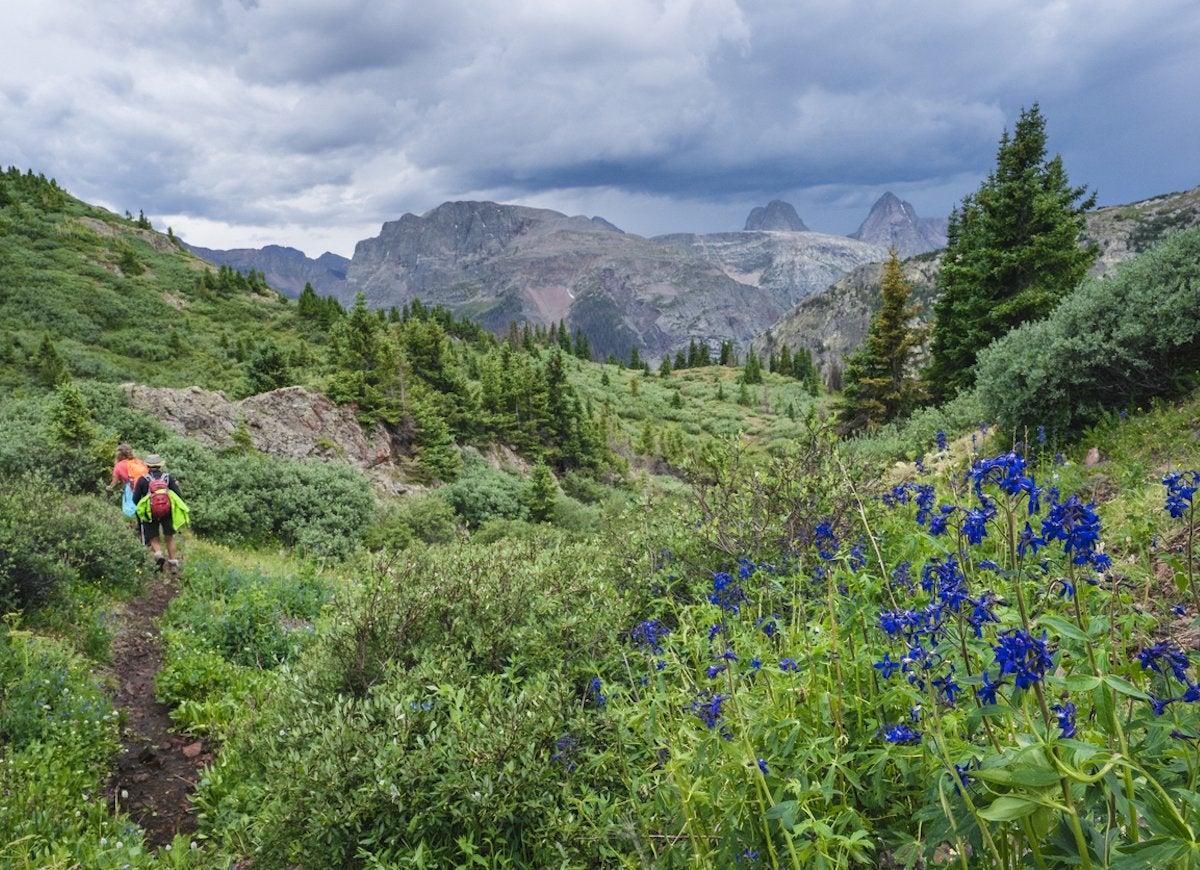
Sometimes, you want to go where nobody knows your name—and nowhere fits the bill better than Rock Lake in the 488,210-acre Weminuche Wilderness. Located a 20-mile hike from the nearest road, the remote lake is a hub for backpackers hiking the rugged looped trail that extends from Hunchback Pass to Rock Lake.
Related: Living Remotely: 12 Stunning Homes in the Middle of Nowhere
Pando, Fish Lake National Forest, Utah
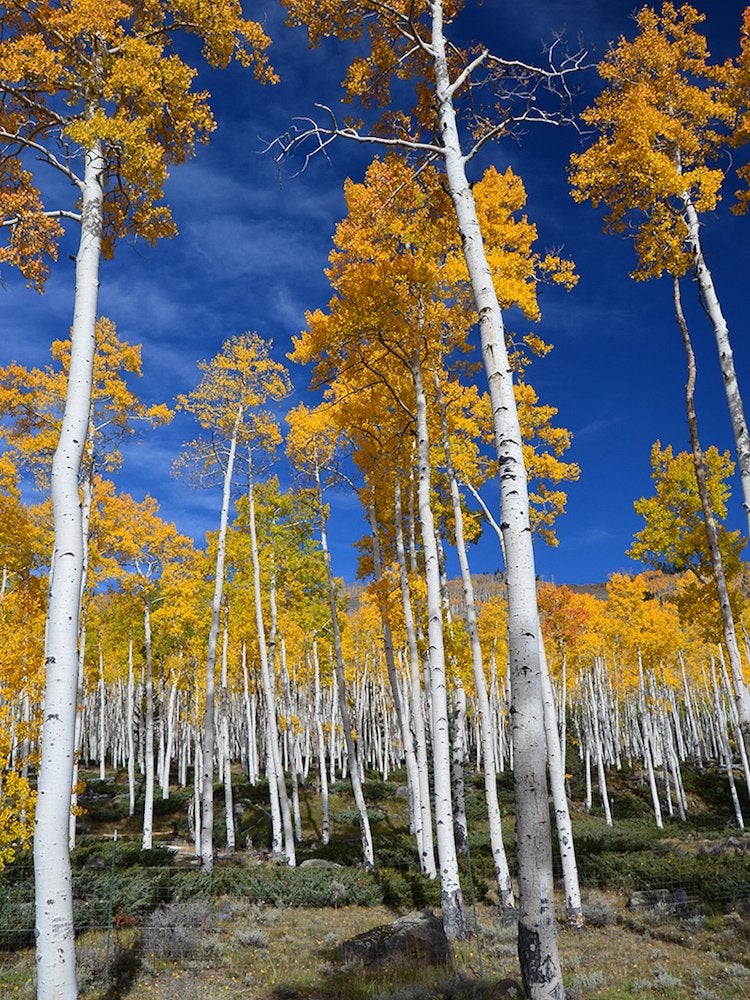
USDA Forest Service via J Zapell
Honored by the U.S. Postal Serve with a commemorative stamp in 2006, this 106-acre grove in Fish Lake National Forest hosts a colony of over 40,000 identical Quaking aspen trees. Aptly named “Pando,” Latin for “I spread,” the grove is considered a single organism, with a large root system that can send up new fast-growing clone trees.
Cherry Springs State Park, Pennsylvania
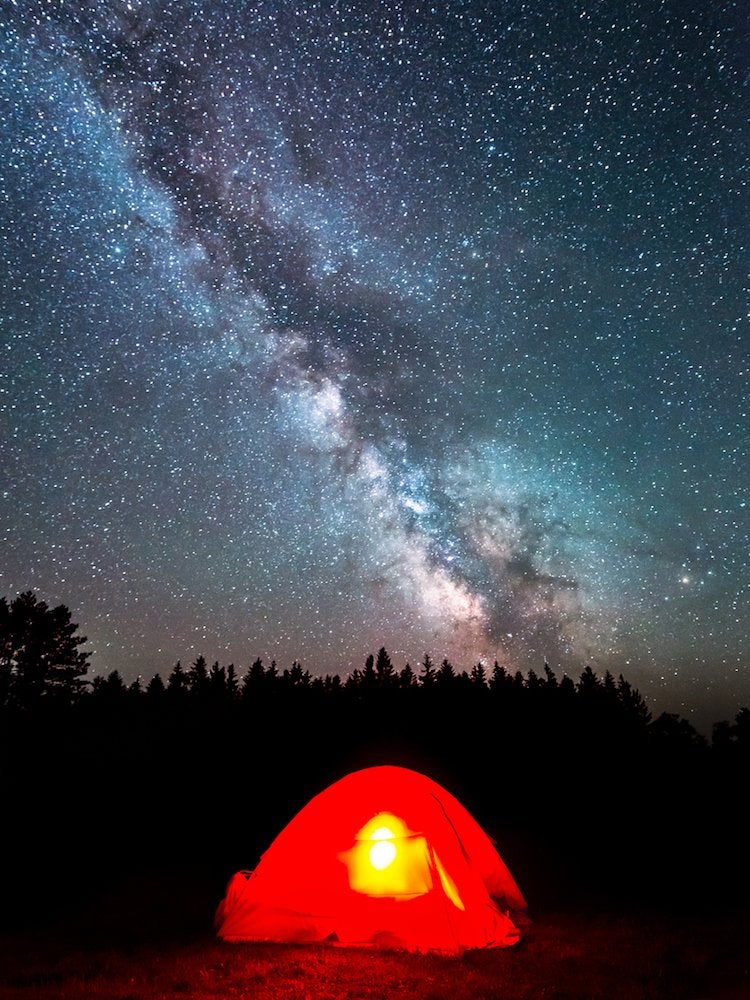
Named an “Dark Sky Park” by the International Dark-Sky Association, this 82-acre Pennsylvania state park features so few man-made light sources that you can actually spot the shadow of the Milky Way in the pitch-black sky above it. While this makes it a popular haunt for astronomers, nighttime visitors and locals are discouraged from using outdoor light sources.
Related: These 10 Fascinating Garden Flowers Bloom Only at Night
Gila National Forest, New Mexico
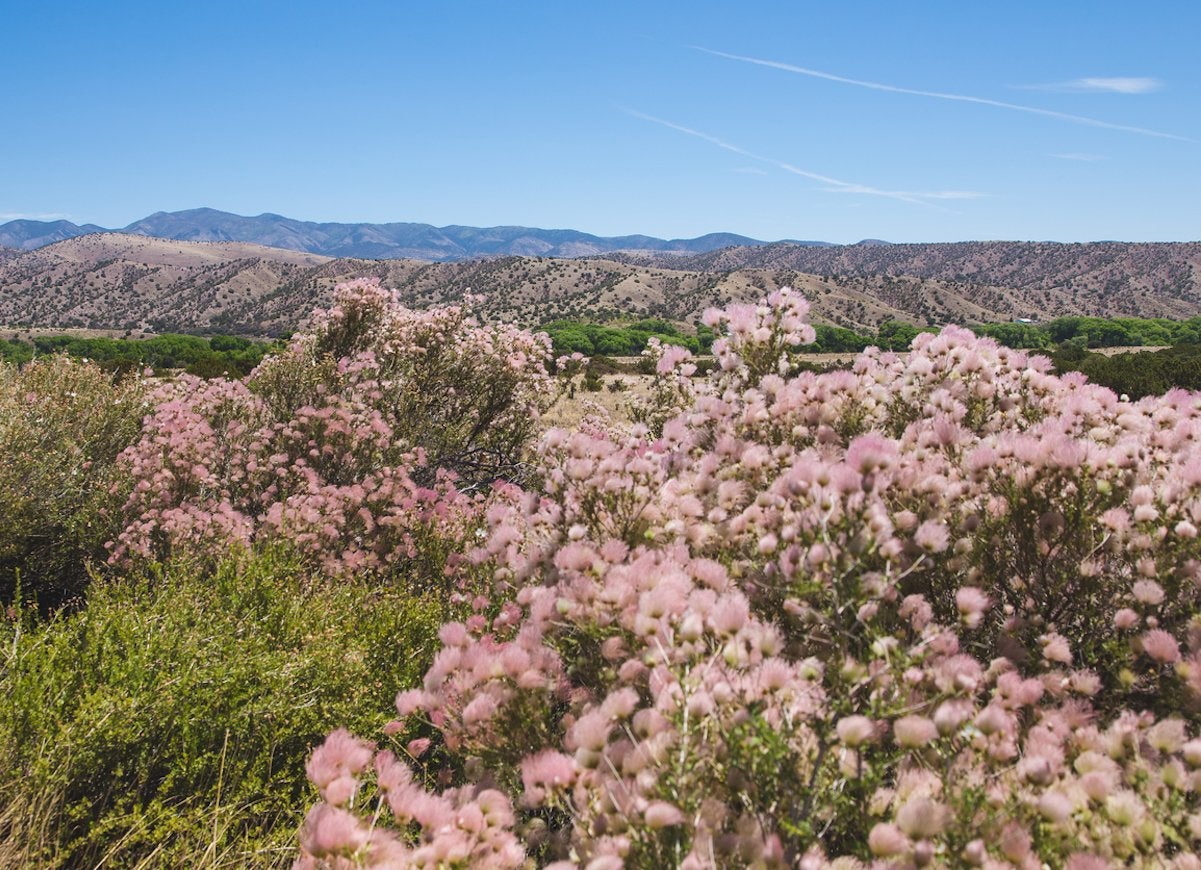
Cool summers, warm winters, and minimal human activity make this 2.1-million-acre protected national forest fertile ground for wildlife to thrive. In addition to the venomous Gila monster after which the forest was named, the sprawling terrain shelters other seldom spotted wildlife such as bald eagles, peregrine falcons, and even endangered Mexican gray wolves.
Related: Here’s What Your Favorite Houseplants Look Like in the Wild
North Maine Woods, Maine
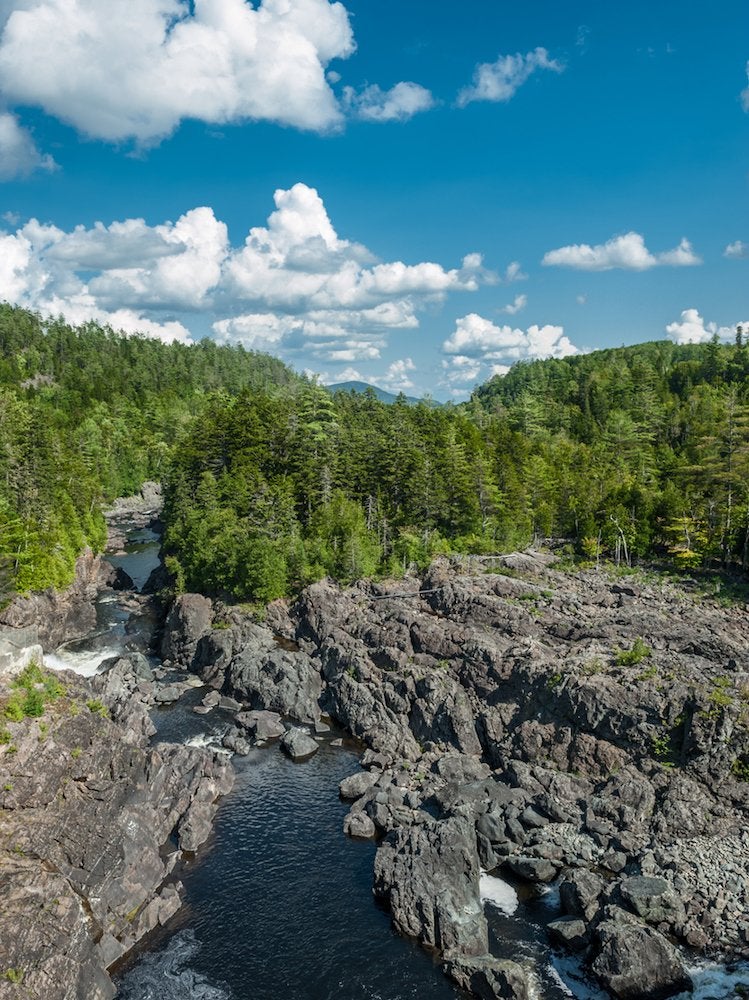
There are neither towns nor roads in this 3.5-million-acre woodland in Ashland rife with fir, spruce, and cedar trees and animals ranging from red foxes to snowshoe hares. Local legends dating back to the 19th-century logging days tell tales of mythical creatures lurking in these woods—like “Ding-ball” cougars or poisonous “Will-am-alone” squirrels.
Jarbidge Wilderness, Nevada
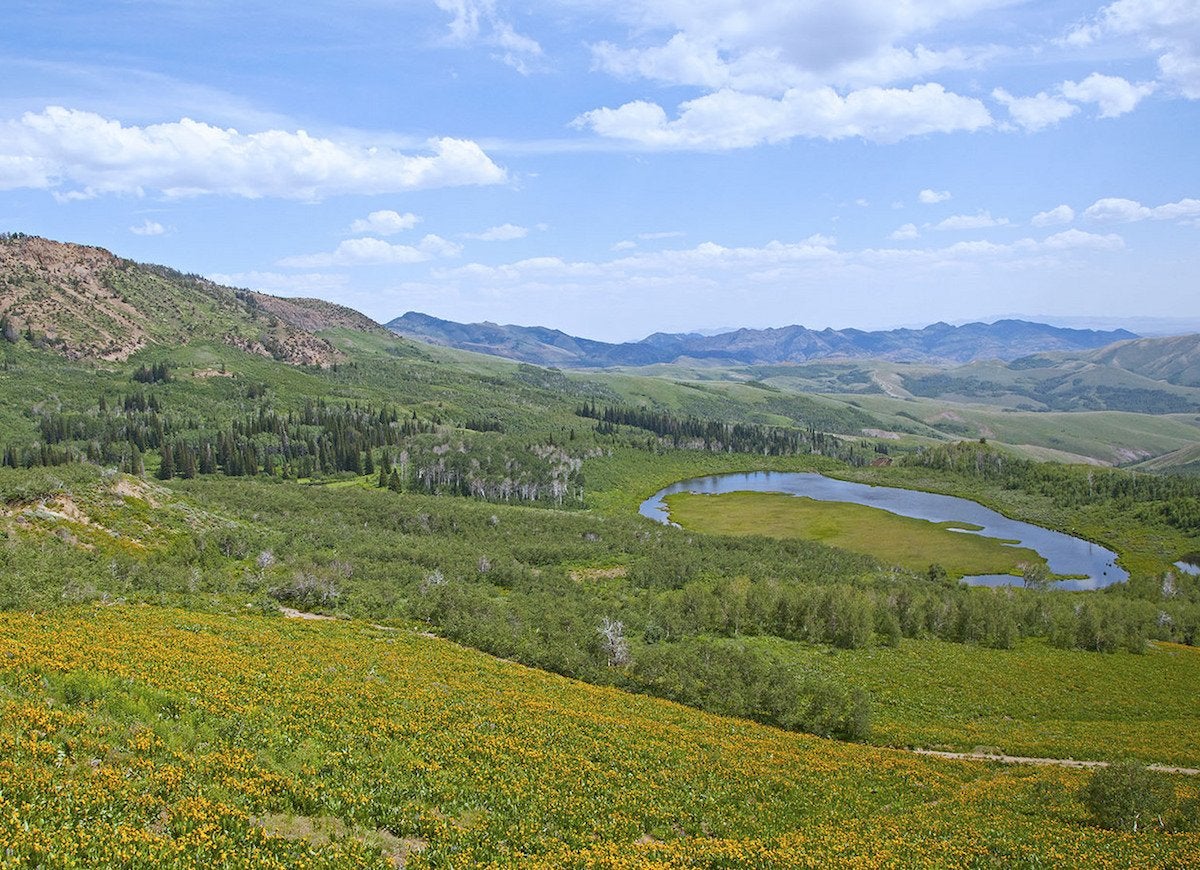
flickr.com via Sydney Martinez/TravelNevada
If humans look small in the face of nature, it is perhaps nowhere more apparent than in the Jarbidge Wilderness. The 113,167-acre expanse in northeastern Nevada is home to eight imposing mountain peaks that tower over 10,000 feet above the sea level, while local canyons run as deep as 4,000 feet.
Everglades National Park, Florida
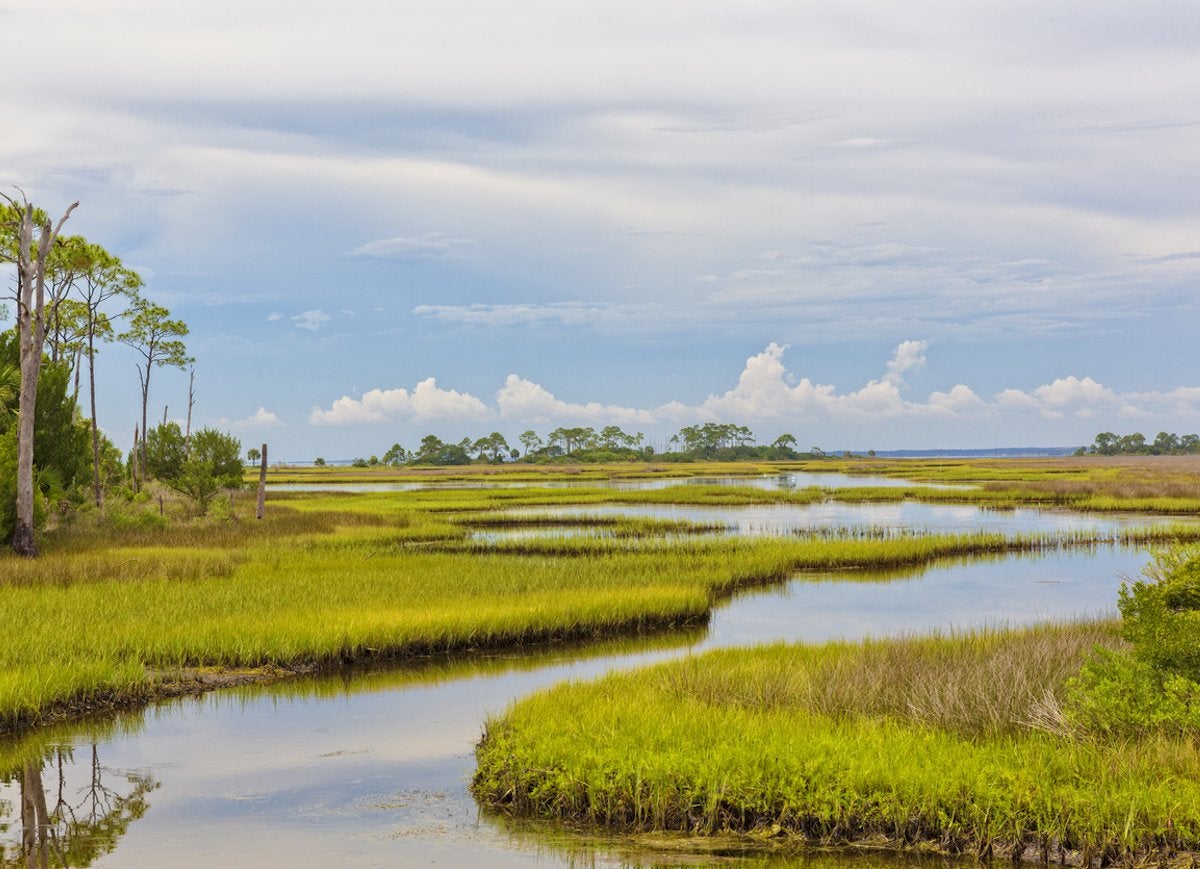
As the largest subtropical wilderness in the country, the federally protected Everglades National Park is a hangout for some of American’s most revered and reviled animals. Alongside friendly manatees and wading birds, you’ll spot fearsome American crocodiles and 23 species of snakes in the 1.5-million-acre expanse of wetlands and forests near Florida’s southern tip.
Related: 15 Places Every American Should Visit at Least Once
Bob Marshall Wilderness, Montana
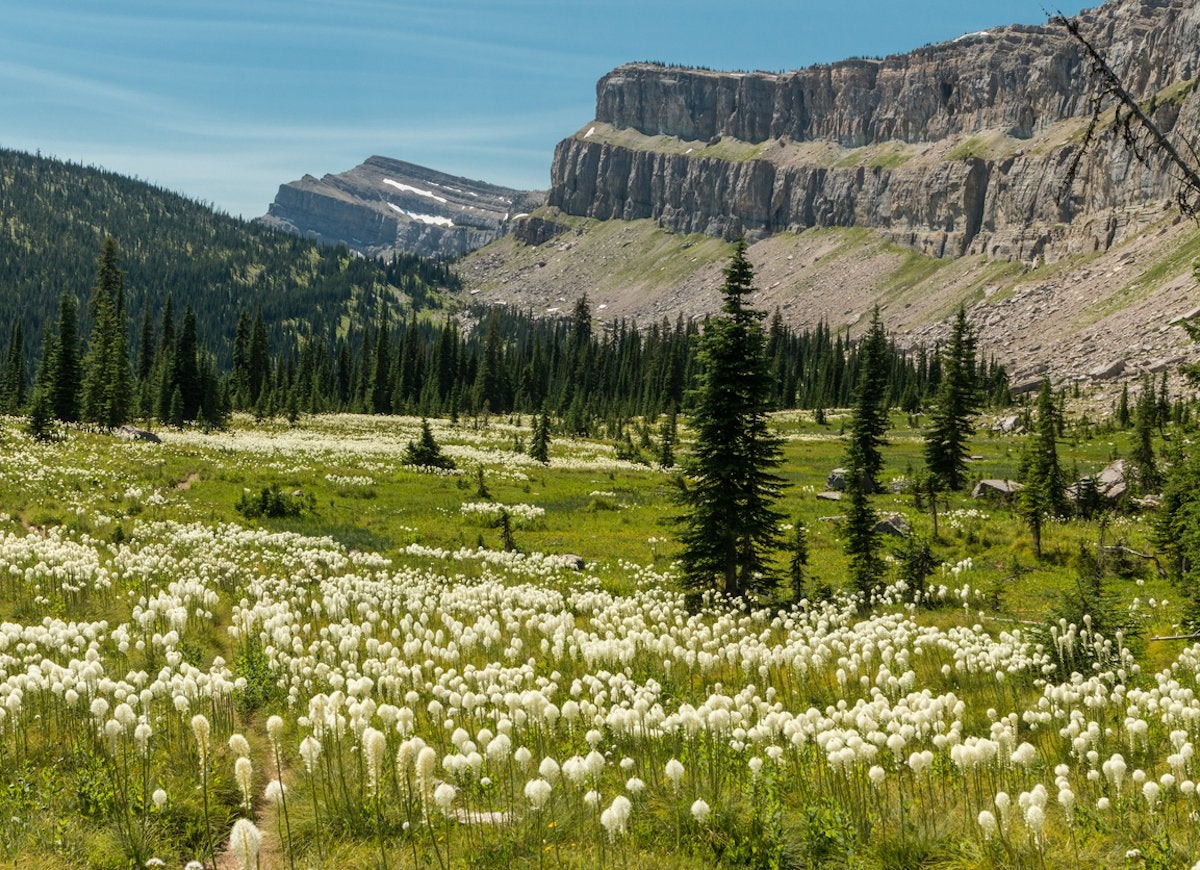
Don’t have the budget for Beijing’s Great Wall of China? Head instead to western Montana for a glimpse of the “Chinese Wall” in the Bob Marshall Wilderness. The 1,000-foot-tall limestone escarpment is one of many natural splendors on the one-million-acre road-free wilderness bursting with forests, lakes, and waterfalls.
Otero Mesa, New Mexico
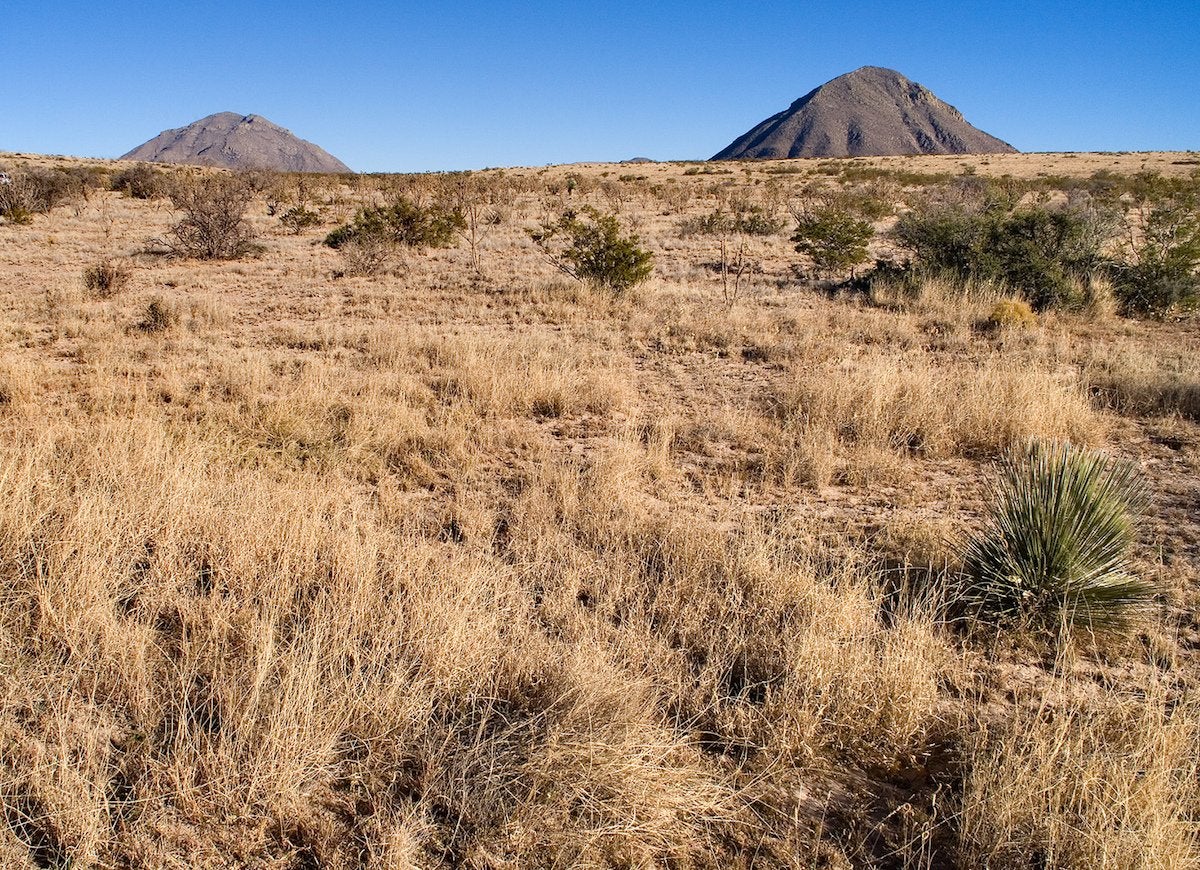
flickr.com via Patrick Alexander
Seemingly untouched by time, this 1.2-million-acre region in New Mexico’s Chihuahuan Desert is brimming with ancient Native American petroglyphs and remnants of old stagecoach stations that were damaged during the Civil War. Today, Otero Mesa is the last remaining desert prairie in the country and is home to more than 200 species of migratory songbirds.
Related: 20 American Treasures to See Now—Before They Disappear
California Desert, California
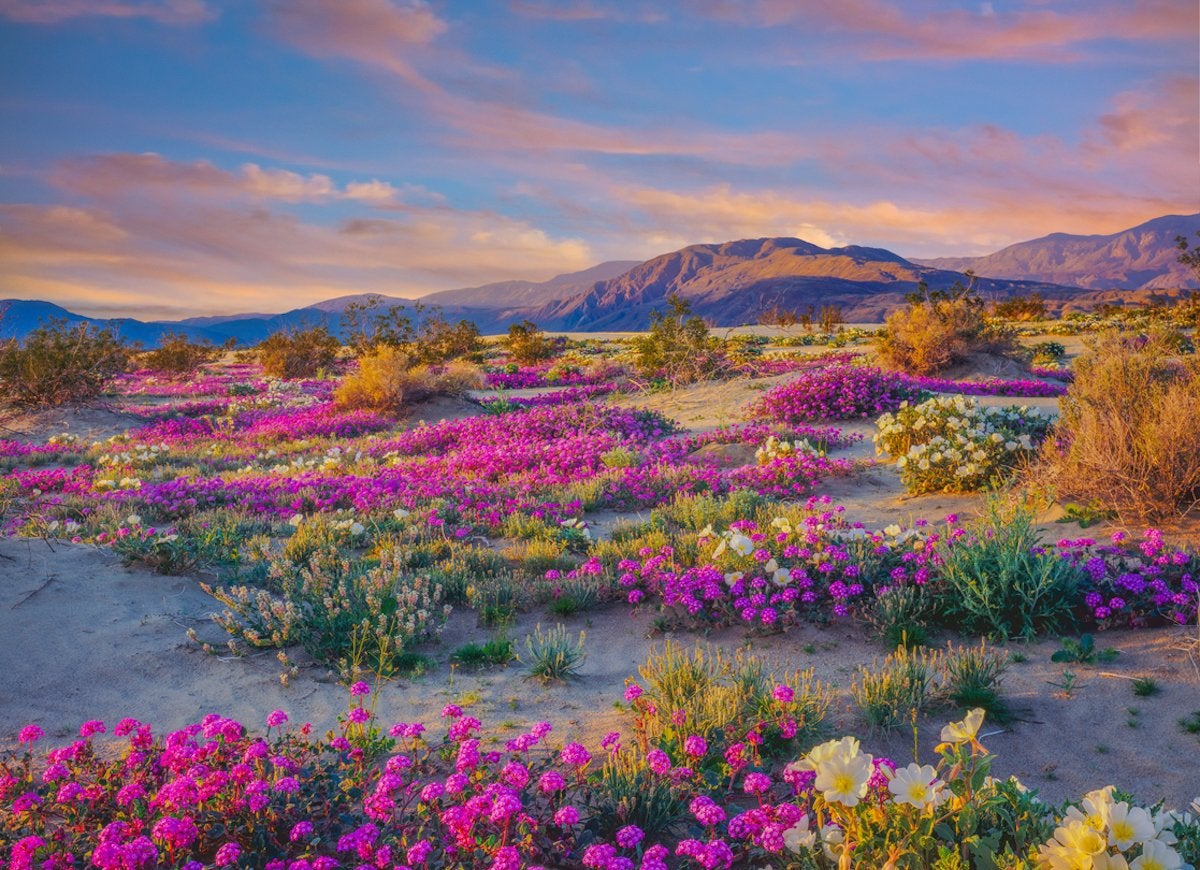
Encompassing the Mojave, Colorado, and Great Basin deserts, the California Desert is known for its stunning setting—an eclectic amalgamation of red rocks, sparkling sand dunes, and desert wildflowers that have survived some of the harshest weather conditions.
Pinnacles National Park, California
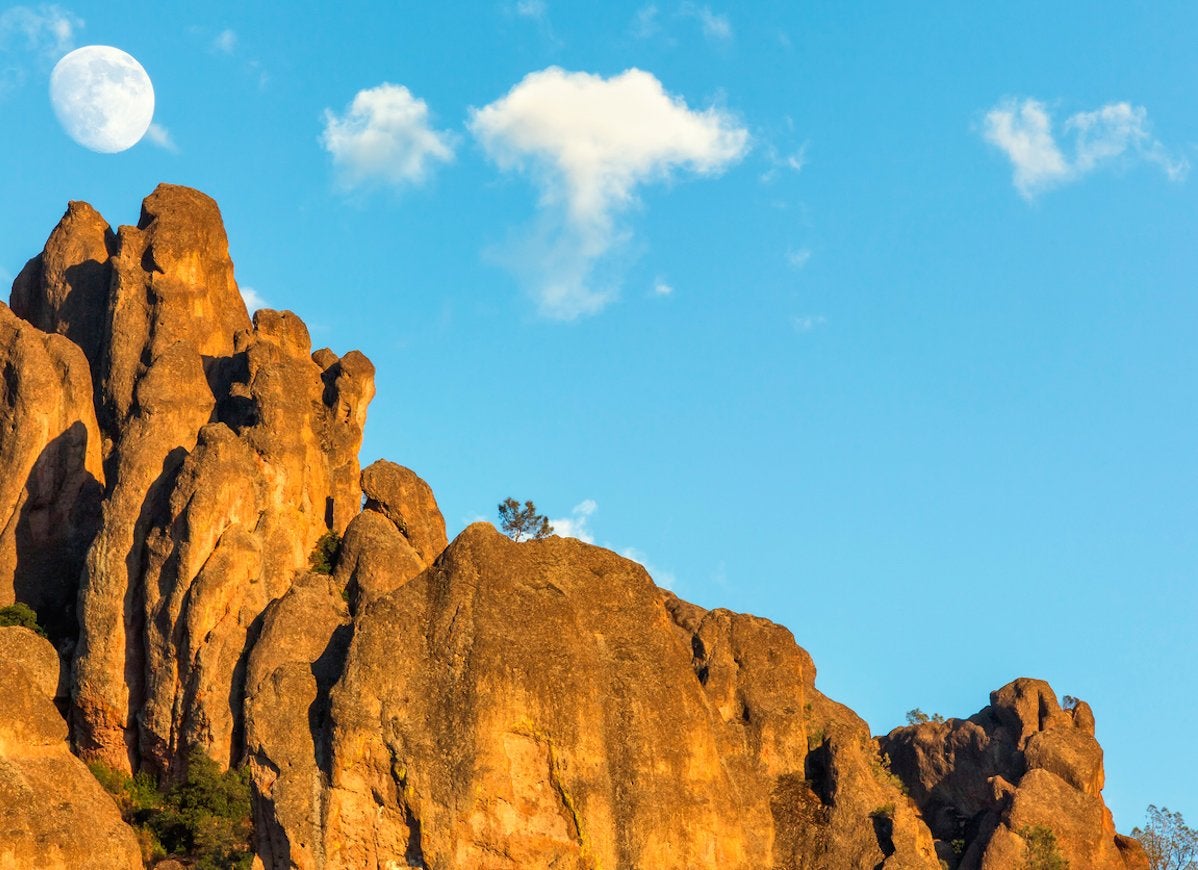
A collection of extinct volcanoes spanning 26,606 acres in total, the Pinnacles National Park is home to stunning volcanic spires, steep bluffs, and deep canyons that will challenge even the most experienced rock climbers. But for those with a fear of heights, nearby caves and campgrounds provide ideal vantage points from which to view bats or California condors, respectively.
Related: Such Great Heights: 15 Homes Built on the Top of the World
Palmyra Atoll, Pacific Ocean
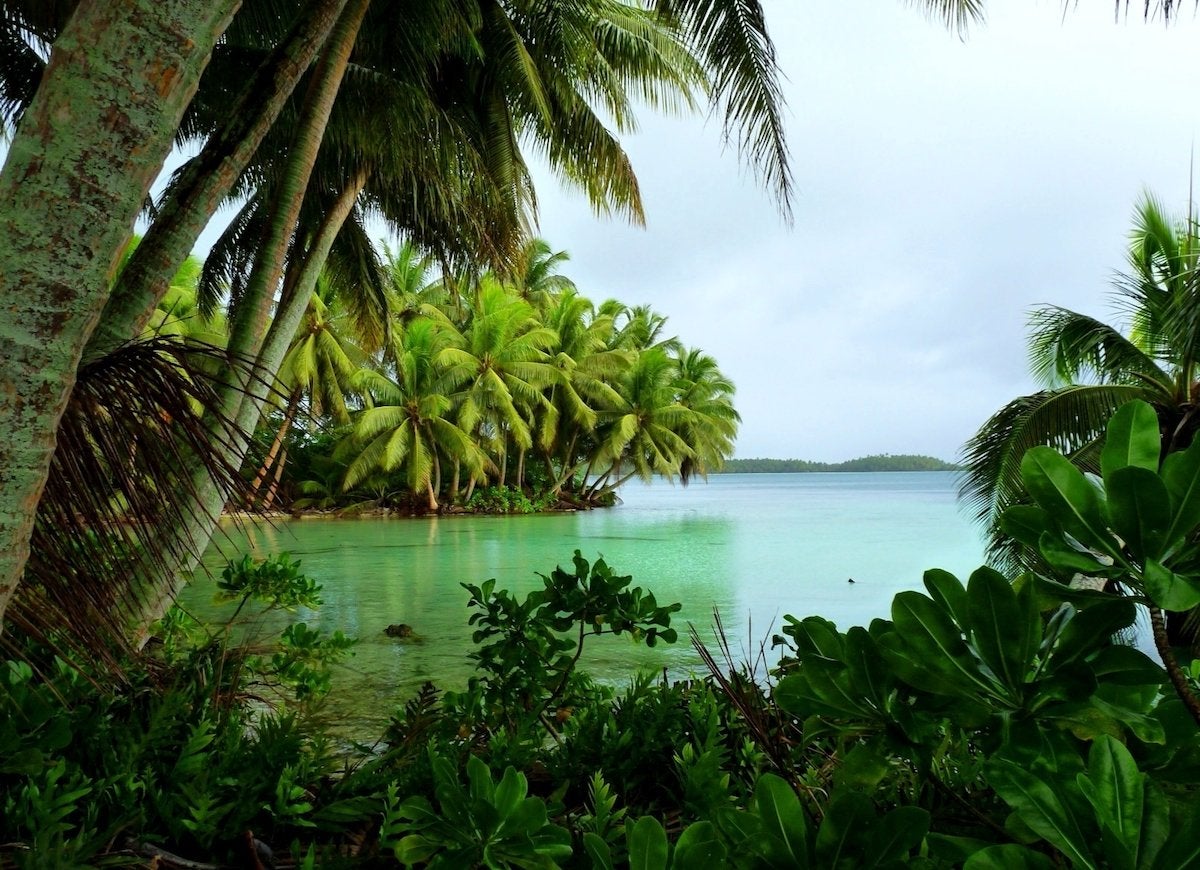
Coconut palm trees, four-o-clock flowers, and crystal clear lagoons are all visual treats of this uncorrupted coral reef that few have seen up close. While the United States annexed the atoll over a century ago, the reef nestled between Hawaii and American Samoa remains uninhabited and is run primarily by the U.S. Fish and Wildlife agency.
Related: Island Living: 20 Tropical B&Bs That Are Only an Airplane Away
North Brother Island, New York
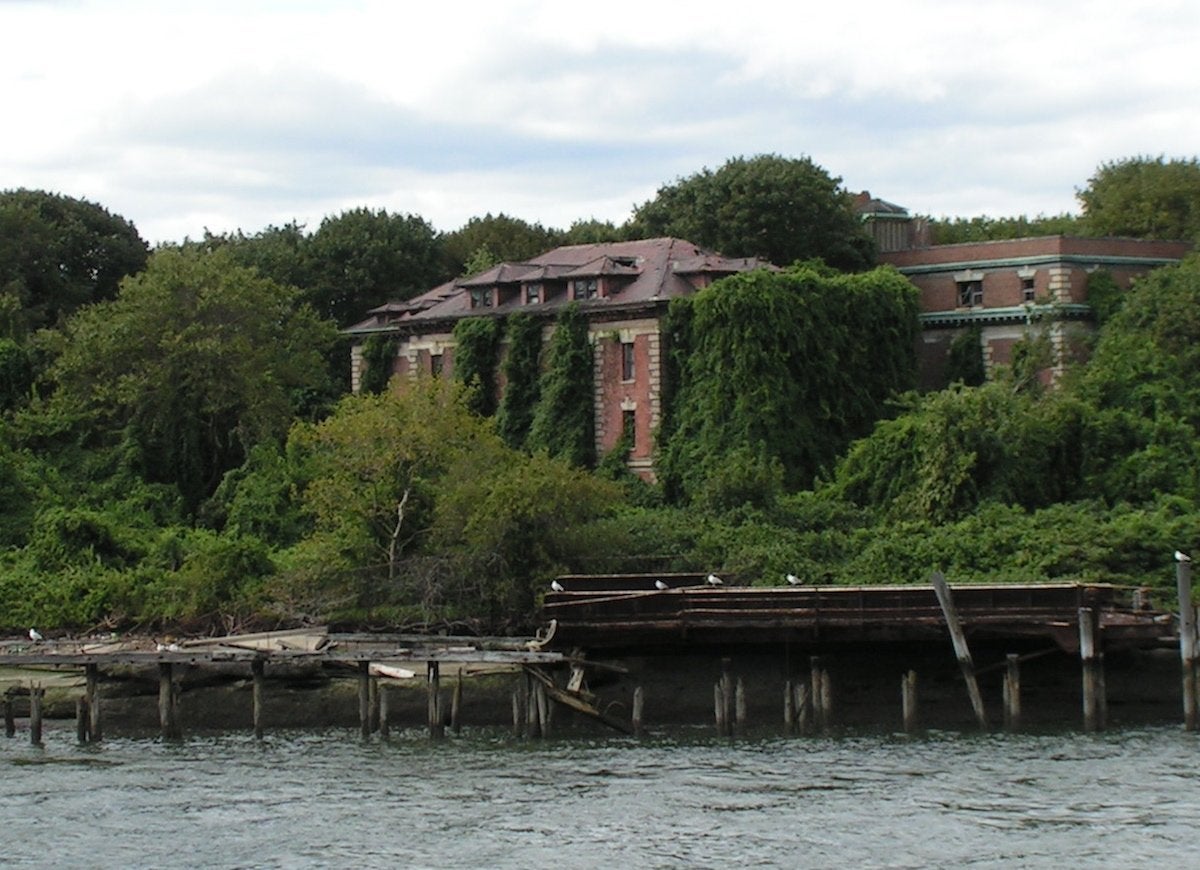
flickr.com via reivax
Neither the subway nor a ferry will get you to this uninhabited island that is off-limits to the public. The 20-acre island in New York’s East River was once used to house patients with contagious diseases—the most well-known being “Typhoid Mary” Mallon—and is now exclusively used as a sanctuary for wading birds.
Related: 20 Amazing Places You Aren’t Allowed to Visit
Arctic National Wildlife Refuge, Alaska
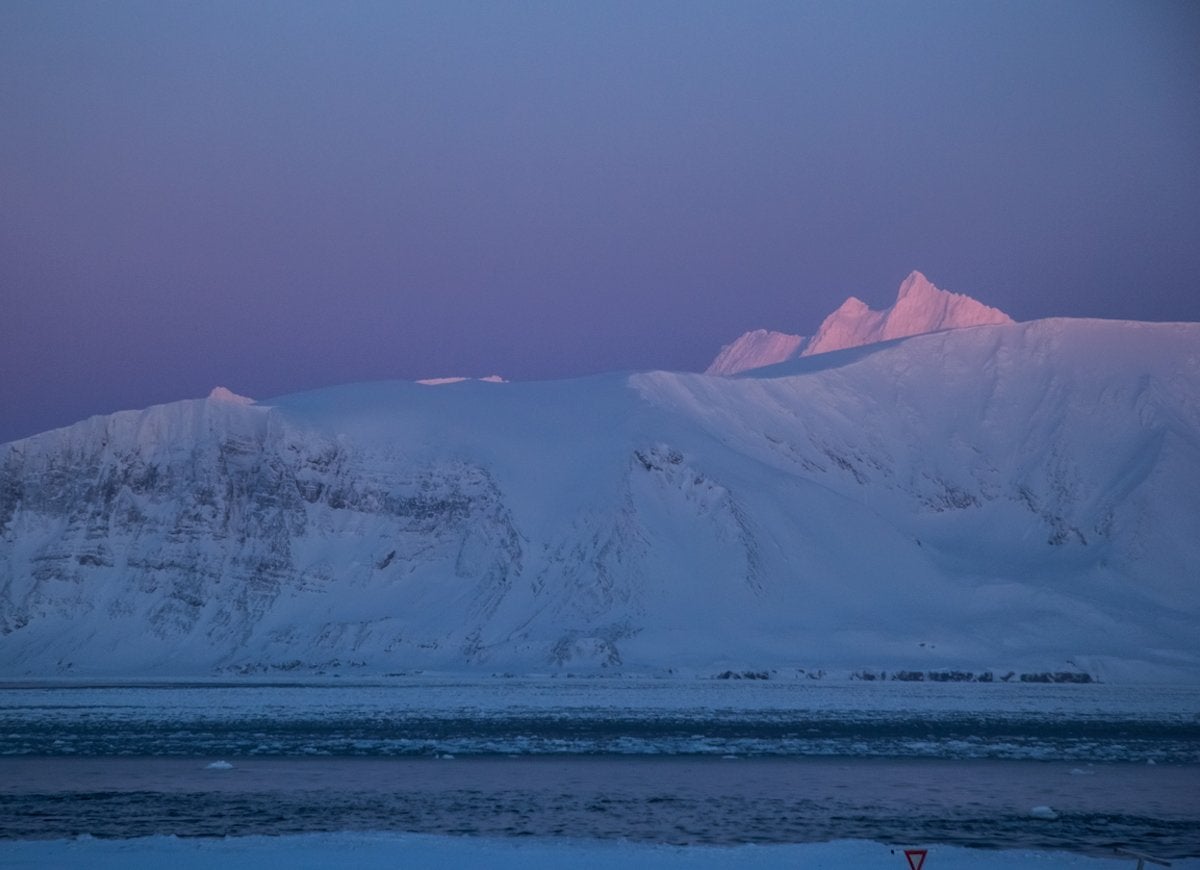
Located at the northernmost tip of the nation, this sparsely populated 19.3-million-acre tundra promises awe-inspiring alpine views to any traveler hardy enough to traverse its terrain. While there are no campgrounds or roads to facilitate your journey, you’ll have owls and bowhead whales for company.
Haʻikū Stairs, O'ahu, Hawaii
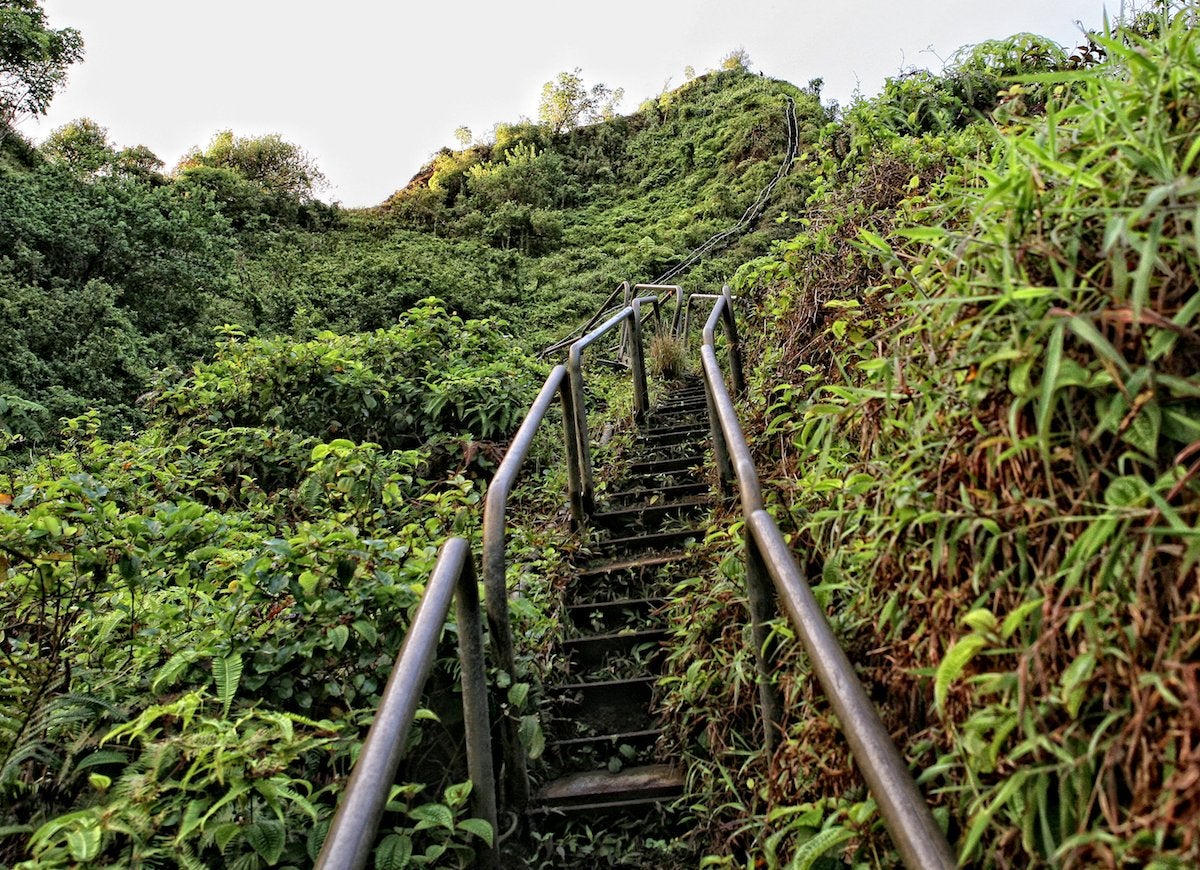
flickr.com via Shawn Clover
The “Stairway to Heaven,” as this forbidden hiking trail high above O’ahu is known, was built by U.S. Navy contractors to provide access to a mountainside radio station during World War II. But today its 3,922 steps are now impassable. The bridge was closed to the public in the late ’80s and an overgrowth of brush now shrouds it in mystique.
Related: From Bridges to Stadiums: 13 U.S. Icons That Are Falling Apart
Centralia, Pennsylvania
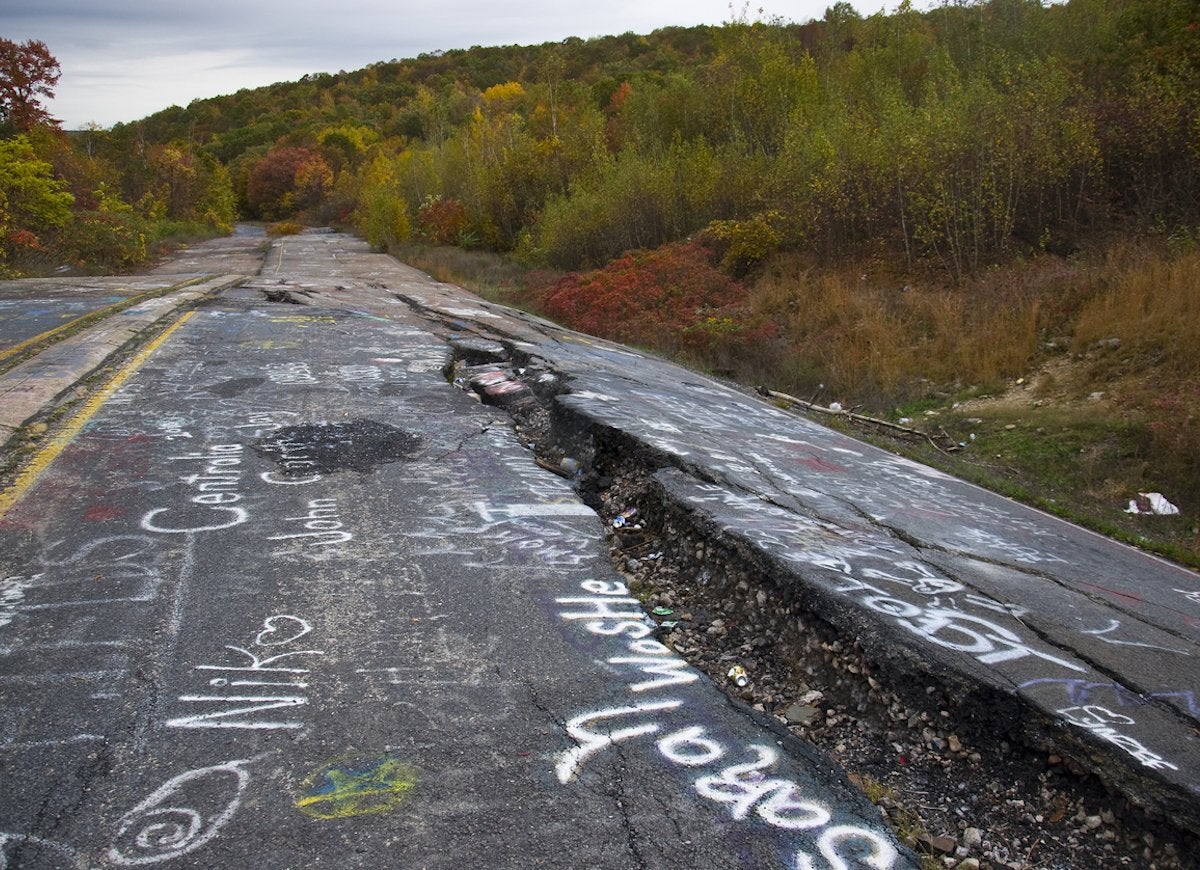
There is no postal code for this former coal mining town in Pennsylvania that was all but wiped off the map in 1992 when the state government relinquished it after it was claimed under eminent domain. A coal mine fire beneath the borough caused the population to shrink from 1,000 in 1980 to 7 residents in 2013—reducing the town to a few sparse buildings, cemeteries and paved roads that few drivers have dared to take in decades.
Related: 13 All-But-Forgotten Company Towns Around the Country
Kennecott, Alaska
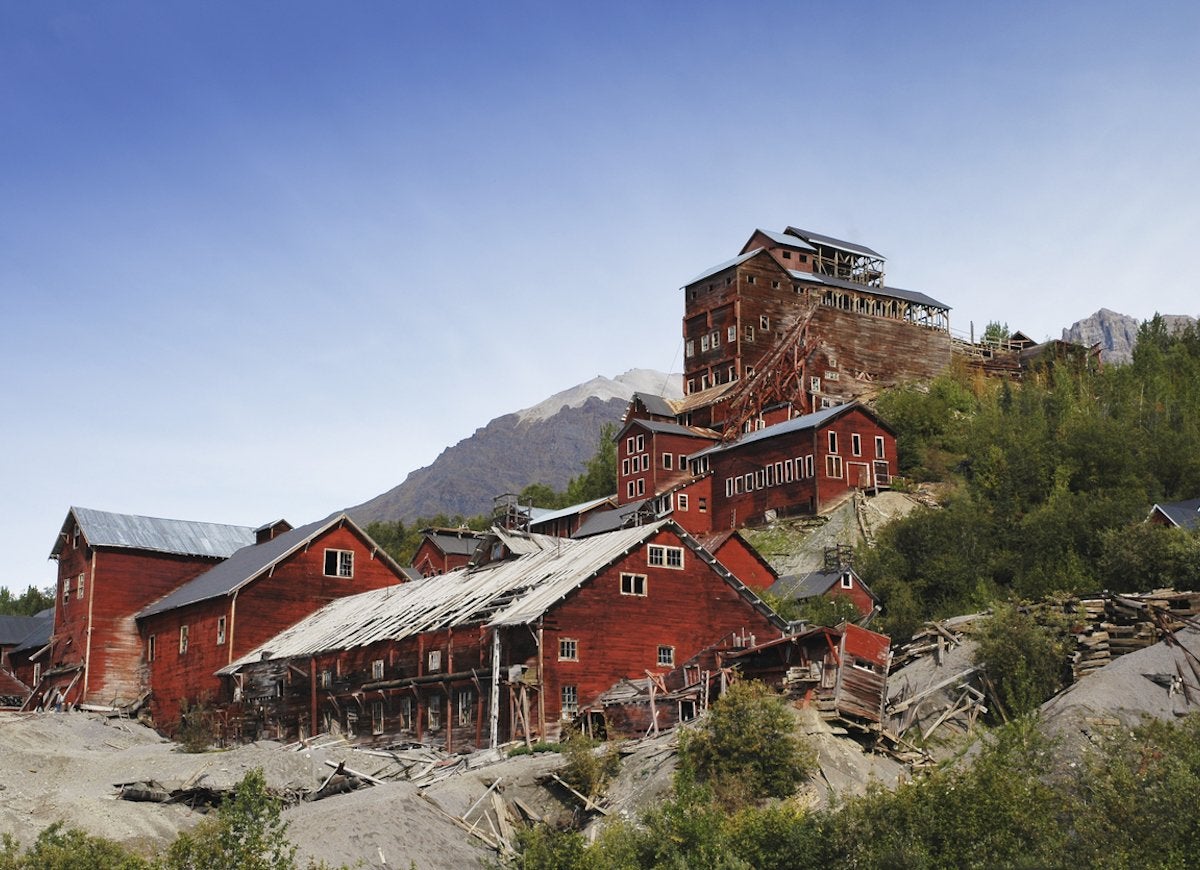
When the supply of copper ran out in this mining town in the Valdez-Cordona region of Alaska, corporations and residents swiftly abandoned it. Oddly enough, a request to raze the town in the 1960s never panned out, leaving behind a rubble-filled ghost town with a slew of decrepit mines and mills that the National Park Service has gradually been repairing to allow tours of the once thriving community.
Related: 18 Small Towns That Changed America
